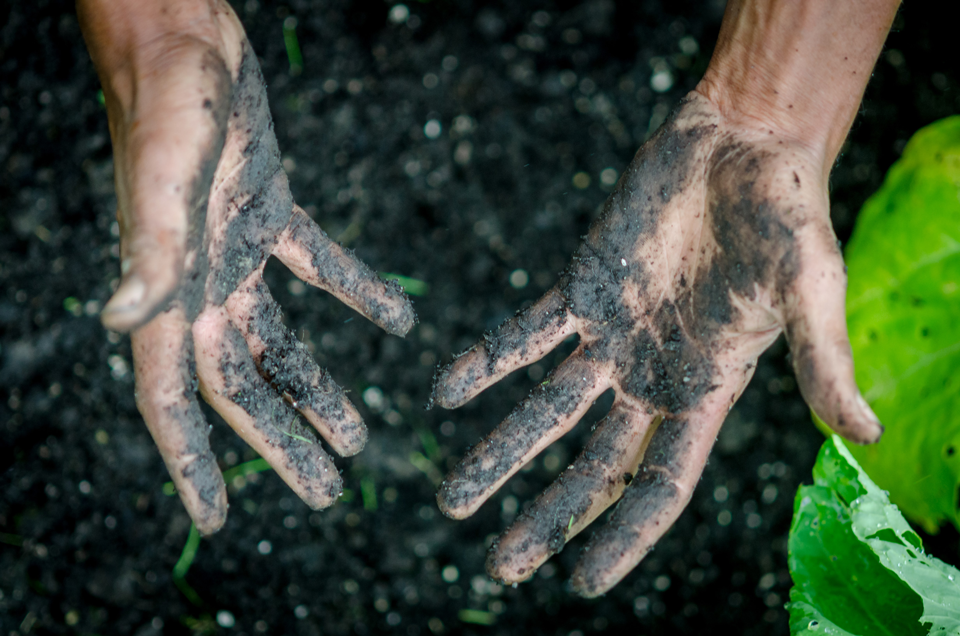A Good Diet for Plants

The Hidden Essentials
Plant Life Cycle
Being born, grow and reproduce are also functions of all plants. Without thinking about it, plants give us the oxygen to breathe. These three vital steps make them grow their foliage, blooming, fructifying and small buds become cuttings or the small bomb loaded with genetic information, the lady Ms. Seed.
The base nitrogen, phosphorus and potassium is not only their essential diet. Just like in our diet, the calcium of the cheese, the iron of the legumes, the protein of the animal meat and the vitamins of a good natural juice, a balanced diet provide us with some extras that keep our metabolism active.
That is why plants also need a set of extra substances to be able to show off their most gallant phenotype. Their physique will look perfect if they can transport, from their roots or leaves to the tip of the last outbreak, all kinds of vitamins, hormones, micro and macronutrients. If this did not happen, the plant would show signs on its stems and/ or leaves with a difference in colours. By looking regularly to your plants, they will give you key information on what is happening to it since, at the moment, plants cannot speak.
Basics For A Good Diet For Plants
Back to our topic, we want to emphasize the importance of a good diet based on NPK, but also of a vitamin, hormonal and enzymatic supplements. By doing so, the plant can better adsorb the nutrients, helping the plant to grow vigorously and complete its entire life cycle, either annually or stationary. A good assimilation of the nutrients takes place in optimal growing conditions, whether it is the control of the EC, the pH of the soil, Tº and aeration. We must also bear in mind that the relationship between macro and micronutrients occurring in the soil, either in a pot or on the outside soil, paramount important. Because, the mineral salts of organic or chemical origin are always in a compatible format so, the roots can assimilate it as quickly as possible and the stems, meristems and leaves can enjoy a good diet.
Remember, after every harvest, organic gardeners should nourish the soil by using compost because organic materials are taken away from the soil food web.

Feeding Wisely
It is masterly to know that a plant can go picking the food by the radicular or aerial part, either by necessity or by habit (although it will only adsorb food when it lacks it). Over fertilizing is not good apart from losing money and lose fertilizer in each irrigation. If the plant is saturated with nutritive bases, it will not absorb anything from the soil or close stomata from the leaves to receive nothing more. When using organic fertilizer, it is difficult to see overdose because they are not as aggressive or direct as the chemicals fertilizers allowing to a bit of novice distraction. The assimilation of organic fertilizers is slower than other products such as chelates of chemical fertilizers. These are designed to have the most desirable and simple form so that the plant can adsorb nutrients directly without passing through any type of metabolized enzyme or amino acids present in the soil. That is why we must be careful when fertilizing with chemical products and monitor the doses. This is different from organic ones, which give us a margin of error if we make a mistake of dose.
Growing Tips To Take Away
Looking back on what has been said, for the plant to have a good assimilation of nutritive bases of organic formulation, we can help by using products called stimulants or additives. These products are designed to complement the NPK bases, not to replace them. As the name indicates, they are stimulating products, and there are for each cycle of cultivation, whether it is rooting, growing, flowering, fruiting or soil improvers. This type of product is designed to work together with the fertilizer and the type of soil that we have chosen to grow our crops. It always depends if we start from a fertilized soil, or a light substrate style. Since stimulants are designed to support the vital functions of plant (such as the assimilation of sugars), facilitate the flow of nutrients, accelerate photosynthetic processes and improve cell division to give more resistance to certain diseases or possible pests.
New Paragraph

